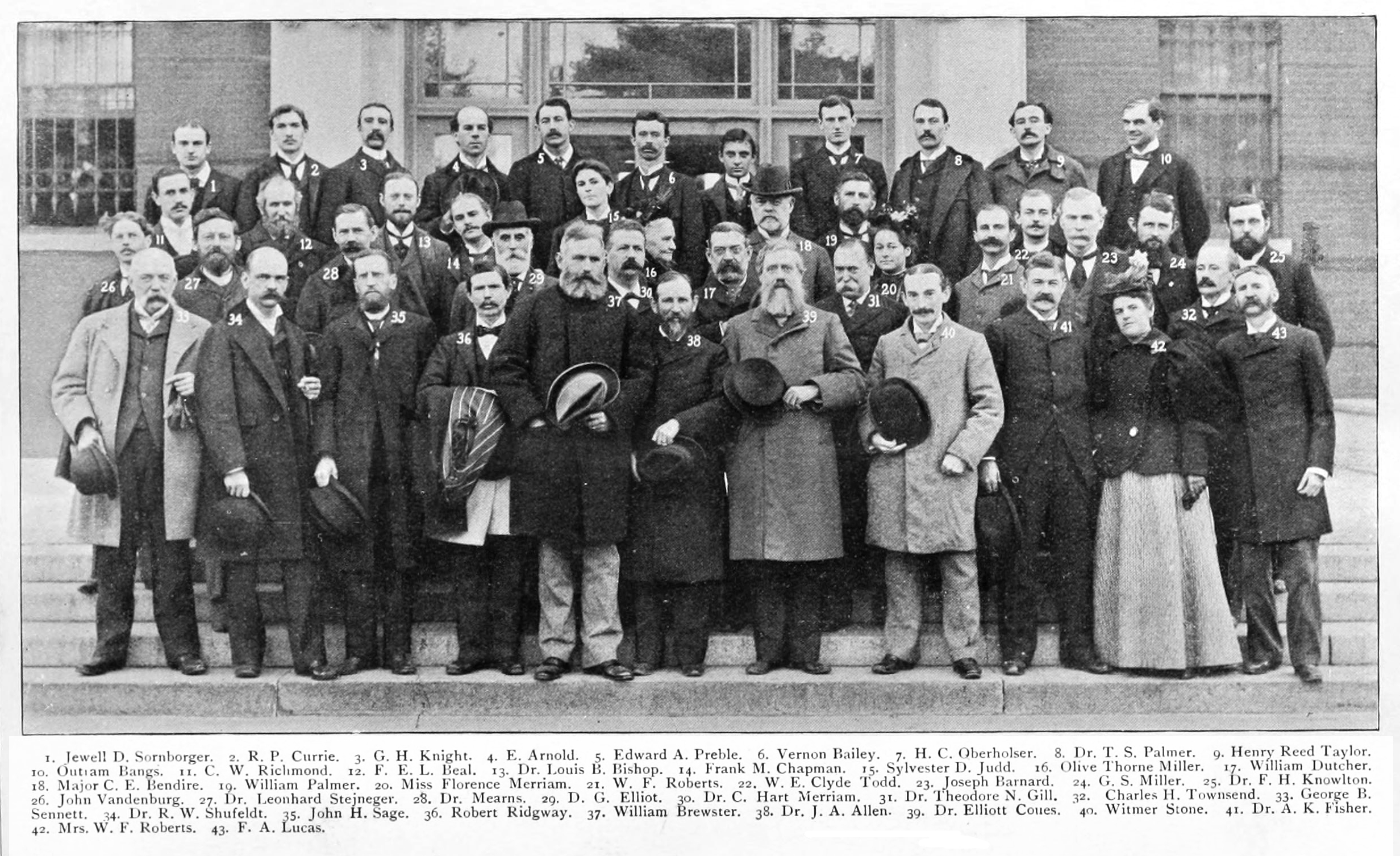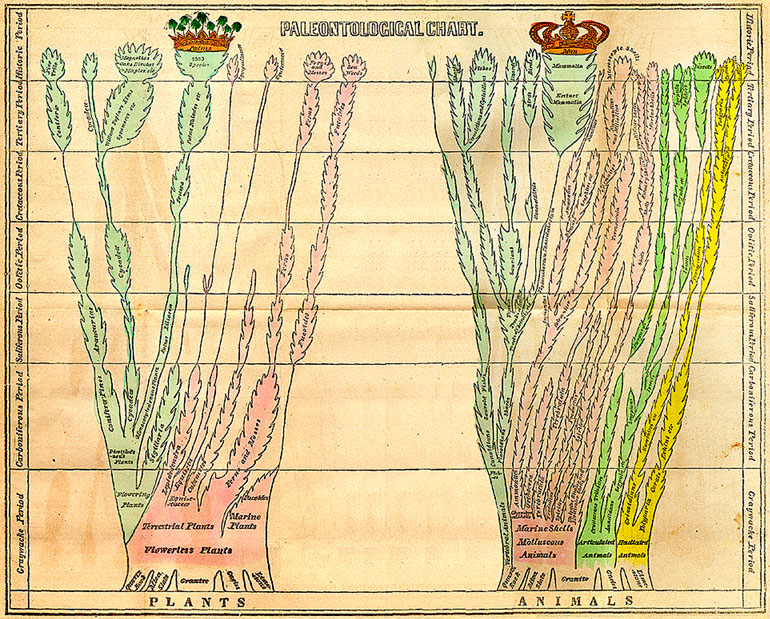|
Incertae Sedis
or is a term used for a taxonomy (biology), taxonomic group where its broader relationships are unknown or undefined. Alternatively, such groups are frequently referred to as "enigmatic taxa". In the system of open nomenclature, uncertainty at specific taxonomic levels is indicated by (of uncertain family), (of uncertain suborder), (of uncertain order) and similar terms. Examples * The fossil plant ''Paradinandra, Paradinandra suecica'' could not be assigned to any family, but was placed ''incertae sedis'' within the order Ericales when described in 2001. * The fossil ''Gluteus minimus (fossil), Gluteus minimus'', described in 1975, could not be assigned to any known animal phylum. The genus is therefore ''incertae sedis'' within the kingdom Animalia. * While it was unclear to which order the New World vultures (family Cathartidae) should be assigned, they were placed in Aves ''incertae sedis''. It was later agreed to place them in a separate order, Cathartiformes. * Boc ... [...More Info...] [...Related Items...] OR: [Wikipedia] [Google] [Baidu] |
Gymnogyps Californianus Us Fish 3
''Gymnogyps'' is a genus of New World vultures in the family Cathartidae. There are five known species in the genus, with only one being extant, the California condor. Fossil species *'' Gymnogyps amplus'' was first described by L. H. Miller in 1911 from a broken tarsometatarsus. The species is the only condor species found in the La Brea Tar Pits' Pit 10, which fossils date to "a Holocene radiocarbon age of 9,000 years." The smaller, modern California condor may have evolved from ''G. amplus''. *'' Gymnogyps howardae'' was described from the Late Pleistocene (Lujanian) asphalt deposits known as the Talara Tar Seeps, near Talara, northwestern Peru. It lived about 126,000-12,000 years ago. *'' Gymnogyps kofordi'' was described based on a right tarsometatarsus. *'' Gymnogyps varonai'' is known from fossils found in the late Pleistocene to early Holocene tar seep deposits in Cuba Cuba, officially the Republic of Cuba, is an island country, comprising the island of ... [...More Info...] [...Related Items...] OR: [Wikipedia] [Google] [Baidu] |
American Ornithologists' Union
The American Ornithological Society (AOS) is an ornithological organization based in the United States. The society was formed in October 2016 by the merger of the American Ornithologists' Union (AOU) and the Cooper Ornithological Society. Its members are primarily professional ornithologists, although membership is open to anyone with an interest in birds. The society publishes the two scholarly journals, Ornithology' (formerly '' The Auk)'' and Ornithological Applications' (formerly '' The Condor)'' as well as the '' AOS Checklist of North American Birds''. The American Ornithological Society claims the authority to establish standardized English bird names throughout North and South Americas. In 2013, the American Ornithologists' Union (AOU) announced a collaboration with the Cooper Ornithological Society, streamlining operations through joint meetings, a shared publishing office, and a reorientation of their journals. By October 2016, the AOU ceased its independent status, ... [...More Info...] [...Related Items...] OR: [Wikipedia] [Google] [Baidu] |
Metallogenium
''Metallogenium'' is a proposed genus of bacteria that has an affinity to form star-shaped manganese oxide minerals. The organism is supposedly observed in limnic environments Environment most often refers to: __NOTOC__ * Natural environment, referring respectively to all living and non-living things occurring naturally and the physical and biological factors along with their chemical interactions that affect an organism .... The species is currently not assigned to any taxonomic family. References Further reading * * * Manganese minerals Mineralogy Bacteria {{mineralogy-stub ... [...More Info...] [...Related Items...] OR: [Wikipedia] [Google] [Baidu] |
Biological Dark Matter
Biological dark matter is an informal term for unclassified or poorly understood genetic material. This genetic material may refer to genetic material produced by unclassified microorganisms. By extension, biological dark matter may also refer to the un-isolated microorganisms whose existence can only be inferred from the genetic material that they produce. Some of the genetic material may not fall under the three existing domains of life: Bacteria, Archaea and Eukaryota; thus, it has been suggested that a possible fourth domain of life may yet be discovered, * although other explanations are also probable. Alternatively, the genetic material may refer to non-coding DNA (so-called "junk DNA") and non-coding RNA produced by known organisms. Genomic dark matter Much of the genomic dark matter is thought to originate from ancient transposable elements and from other low-complexity repetitive elements. Uncategorized genetic material is found in humans and many other species. * Thei ... [...More Info...] [...Related Items...] OR: [Wikipedia] [Google] [Baidu] |
Tree Of Life (biology)
The tree of life or universal tree of life is a metaphor, conceptual model, and research tool used to explore the evolution of life and describe the relationships between organisms, both living and extinct, as described in a famous passage in Charles Darwin's ''On the Origin of Species'' (1859). Tree diagrams originated in the Middle Ages, medieval era to represent family tree, genealogical relationships. Phylogenetic tree diagrams in the evolutionary sense date back to the mid-nineteenth century. The term phylogeny for the evolutionary relationships of species through time was coined by Ernst Haeckel, who went further than Charles Darwin, Darwin in proposing Phylogenetics, phylogenic histories of life. In contemporary usage, ''tree of life'' refers to the compilation of comprehensive phylogenetic databases rooted at the last universal common ancestor of life on Earth. Two public databases for the tree of life are ''TimeTree'', for phylogeny and divergence times, and the ''Ope ... [...More Info...] [...Related Items...] OR: [Wikipedia] [Google] [Baidu] |
Eukaryote
The eukaryotes ( ) constitute the Domain (biology), domain of Eukaryota or Eukarya, organisms whose Cell (biology), cells have a membrane-bound cell nucleus, nucleus. All animals, plants, Fungus, fungi, seaweeds, and many unicellular organisms are eukaryotes. They constitute a major group of Outline of life forms, life forms alongside the two groups of prokaryotes: the Bacteria and the Archaea. Eukaryotes represent a small minority of the number of organisms, but given their generally much larger size, their collective global biomass is much larger than that of prokaryotes. The eukaryotes emerged within the archaeal Kingdom (biology), kingdom Asgard (Archaea), Promethearchaeati and its sole phylum Promethearchaeota. This implies that there are only Two-domain system, two domains of life, Bacteria and Archaea, with eukaryotes incorporated among the Archaea. Eukaryotes first emerged during the Paleoproterozoic, likely as Flagellated cell, flagellated cells. The leading evolutiona ... [...More Info...] [...Related Items...] OR: [Wikipedia] [Google] [Baidu] |
Prokaryote
A prokaryote (; less commonly spelled procaryote) is a unicellular organism, single-celled organism whose cell (biology), cell lacks a cell nucleus, nucleus and other membrane-bound organelles. The word ''prokaryote'' comes from the Ancient Greek (), meaning 'before', and (), meaning 'nut' or 'kernel'. In the earlier two-empire system arising from the work of Édouard Chatton, prokaryotes were classified within the empire Prokaryota. However, in the three-domain system, based upon molecular phylogenetics, prokaryotes are divided into two domain (biology), domains: Bacteria and Archaea. A third domain, Eukaryote, Eukaryota, consists of organisms with nuclei. Prokaryotes evolution, evolved before eukaryotes, and lack nuclei, mitochondria, and most of the other distinct organelles that characterize the eukaryotic cell. Some unicellular prokaryotes, such as cyanobacteria, form colony (biology), colonies held together by biofilms, and large colonies can create multilayered microbial ... [...More Info...] [...Related Items...] OR: [Wikipedia] [Google] [Baidu] |
Parakaryon Myojinensis
''Parakaryon myojinensis'', also known as the Myojin parakaryote, is a highly unusual species of single-celled organism known only from a single specimen, described in 2012. It has features of both prokaryotes and eukaryotes but is apparently distinct from either group, making it unique among organisms discovered thus far. It is the sole species in the genus ''Parakaryon''. Etymology The generic name ''Parakaryon'' comes from Greek παρά (''pará'', "beside", "beyond", "near") and κάρυον (''káryon'', "nut", "kernel", "nucleus"), and reflects its distinction from eukaryotes and prokaryotes. The specific name ''myojinensis'' reflects the locality where the only sample was collected: from the bristle of a scale worm collected from hydrothermal vents at Myōjin Knoll (明神海丘, ), about deep in the Pacific Ocean, near Aogashima island, southeast of the Japanese archipelago. The authors explain the full binomial as "next to (eu)karyote from Myojin". Structure '' ... [...More Info...] [...Related Items...] OR: [Wikipedia] [Google] [Baidu] |
Molecular Phylogenetics And Evolution
''Molecular Phylogenetics and Evolution'' is a peer-reviewed scientific journal of evolutionary biology and phylogenetics. The journal is edited by E.A. Zimmer. Indexing The journal is indexed in: * EMBiology *Journal Citation Reports *Scopus Scopus is a scientific abstract and citation database, launched by the academic publisher Elsevier as a competitor to older Web of Science in 2004. The ensuing competition between the two databases has been characterized as "intense" and is c ... * Web of Science External links * Elsevier academic journals Evolutionary biology journals Phylogenetics Academic journals established in 1992 Monthly journals {{biology-journal-stub ... [...More Info...] [...Related Items...] OR: [Wikipedia] [Google] [Baidu] |
Royal Society Open Science
''Royal Society Open Science'' is a peer-reviewed, open access scientific journal published by the Royal Society since September 2014. Its launch was announced in February 2014. It covers all scientific fields and publishes all articles which are scientifically sound, leaving any judgement of impact to the reader. As of 2022, the editor-in-chief, Wendy Hall, is supported by a team of subject editors and associate editors. Commissioning and peer review for the chemistry section of the journal is managed by the Royal Society of Chemistry. The journal offers Registered Reports across all subject disciplines, and Replications as a formal article type in the Psychology and Cognitive Neuroscience Section (as of 2019), though the journal welcomes replications in other disciplines, too. In 2021, the journal launched a new 'Science, Society and Policy' section of the journal. Articles published in ''Royal Society Open Science'' are regularly covered in the mainstream media, such as BBC News ... [...More Info...] [...Related Items...] OR: [Wikipedia] [Google] [Baidu] |
Motacillidae
The wagtails, longclaws, and pipits are a family (biology), family, Motacillidae, of small passerine birds with medium to long tails. Around 70 species occur in five genus, genera. The longclaws are entirely restricted to the Afrotropics, and the wagtails are predominantly found in Europe, Africa, and Asia, with two species bird migration, migrating and breeding in Alaska. The pipits have the most cosmopolitan distribution, being found mostly in the Old World, but occurring also in the Americas and oceanic islands such as New Zealand and the Falklands. Two African species, the yellow-breasted pipit and Sharpe's longclaw, are sometimes placed in a separate seventh genus, ''Hemimacronyx'', which is closely related to the longclaws. Most motacillids are ground-feeding insectivores of slightly open country. They occupy almost all available habitats, from the shore to high mountains. Wagtails prefer wetter habitats than the pipits. A few species use forests, including the forest wagtai ... [...More Info...] [...Related Items...] OR: [Wikipedia] [Google] [Baidu] |



